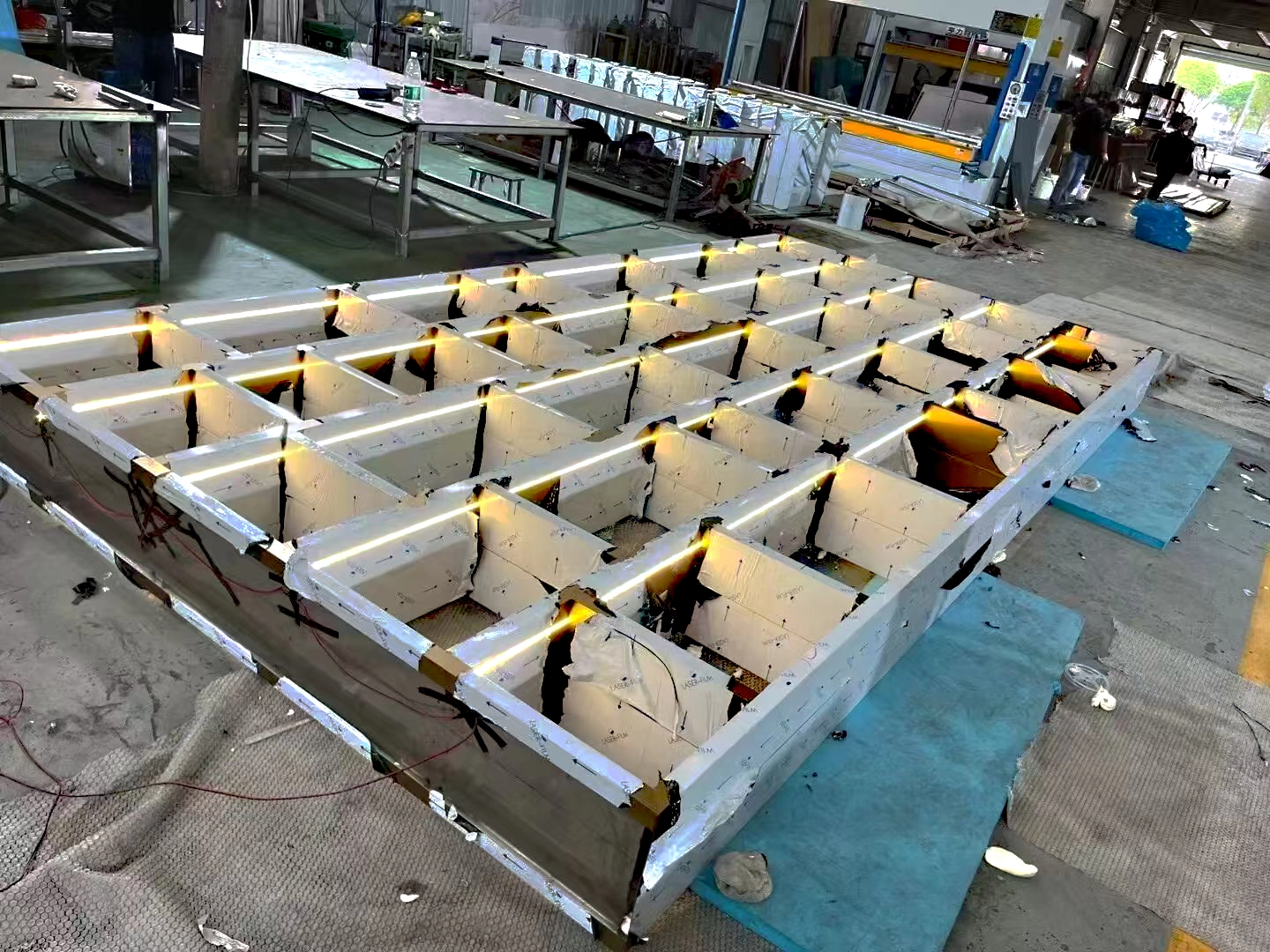
Market supply and demand are intertwined with global economic factors
Analysis of the rise and fall of copper and aluminum raw materials: market supply and demand are intertwined with global economic factors
Recently, the price of raw materials for non-ferrous metals such as copper and aluminum has fluctuated frequently, which has attracted widespread attention in the market. This article will conduct an in-depth analysis of the rise and fall of copper and aluminum raw materials from multiple dimensions such as market supply and demand, global economic factors, and policy environment.
1. Market supply and demand analysis
copper
As an important industrial raw material, the price rise and fall of copper is directly affected by the relationship between supply and demand in the market. From the supply side, the growth of global copper mine production is less than expected, mainly constrained by factors such as declining mine grades and political instability in copper-producing countries. Although some copper miners have announced plans to expand production, the actual increase is likely to be lower than market expectations. In addition, the slowdown in copper mineral production has also limited the supply growth of refined copper.
On the demand side, the rapid development of industries such as new energy vehicles, photovoltaics and wind power has played a significant role in driving the demand for copper. However, the off-season of production of downstream home appliances, cables and other enterprises and the increase in the supply of recycled copper have put some pressure on copper prices. Overall, the copper market has shown a pattern of both supply and demand increasing but tight supply, resulting in copper prices rising in shocks.
aluminium
The supply and demand situation for aluminium is more complex. On the one hand, China, as a major producer of aluminum, has its production capacity affected by policy regulation, and the supply elasticity has become smaller. On the other hand, the global economic recovery and the increased demand for infrastructure construction have provided support to the aluminum market. However, the decline in construction aluminum consumption and the uncertainty of the growth of industrial aluminum demand have made aluminum prices fluctuate in the weak supply and demand.
2. Global economic factors
The global economic situation has an important impact on the prices of non-ferrous metals such as copper and aluminum. At present, the global economy is in the recovery phase, but the recovery process is uneven. The European and American economies may face the risk of slowdown or even recession, and the consumption power of residents will decline, leading to a decrease in the number of obsolescence and renewal of durable goods such as home appliances and automobiles, which in turn will affect the supply of recycled metals such as scrap copper.
In addition, the global trade situation and monetary policy are also important factors affecting copper and aluminum prices. Monetary policy adjustments by central banks such as the Federal Reserve, the pace of the global economic recovery, and the rise of trade protectionism may have an impact on the non-ferrous metals market.In addition, the global trade situation and monetary policy are also important factors affecting copper and aluminum prices. Monetary policy adjustments by central banks such as the Federal Reserve, the pace of the global economic recovery, and the rise of trade protectionism may have an impact on the non-ferrous metals market.
3. Analysis of the policy environment
The policy environment also has an important impact on the prices of non-ferrous metals such as copper and aluminum. The supply-side structural reforms and environmental protection policies promoted by the Chinese government have forced some backward and polluting enterprises to close, thus increasing the market supply gap of non-ferrous metals. At the same time, policy support for new energy, infrastructure construction and other fields has also provided a growth momentum for the demand for non-ferrous metals.
However, policy adjustments may also bring uncertainty. For example, the regulation of the import management of secondary metals and the strict supervision of the exploitation of mineral resources may have an impact on the supply of non-ferrous metals.
Fourth, the future outlook
Looking ahead, the price trend of non-ferrous metals such as copper and aluminum will be affected by a combination of factors. On the one hand, with the global economic recovery and the rapid development of emerging industries, the demand for non-ferrous metals is expected to maintain stable growth. On the other hand, supply-side constraints and uncertainty in the global economy may also weigh on prices.
3. Analysis of the policy environment
The policy environment also has an important impact on the prices of non-ferrous metals such as copper and aluminum. The supply-side structural reforms and environmental protection policies promoted by the Chinese government have forced some backward and polluting enterprises to close, thus increasing the market supply gap of non-ferrous metals. At the same time, policy support for new energy, infrastructure construction and other fields has also provided a growth momentum for the demand for non-ferrous metals.
However, policy adjustments may also bring uncertainty. For example, the regulation of the import management of secondary metals and the strict supervision of the exploitation of mineral resources may have an impact on the supply of non-ferrous metals.
Fourth, the future outlook
Looking ahead, the price trend of non-ferrous metals such as copper and aluminum will be affected by a combination of factors. On the one hand, with the global economic recovery and the rapid development of emerging industries, the demand for non-ferrous metals is expected to maintain stable growth. On the other hand, supply-side constraints and uncertainty in the global economy may also weigh on prices.
For investors, they should pay close attention to the changes in the global economic situation, policy environment, market supply and demand changes and other factors to formulate a reasonable investment strategy. At the same time, we should also pay attention to the volatility and risk of the non-ferrous metals market, and do a good job in risk management and control.
To sum up, the rise and fall of raw material prices of non-ferrous metals such as copper and aluminum are affected by multiple dimensions such as market supply and demand, global economic factors and policy environment. Future price movements will depend on how these factors interact and change.



